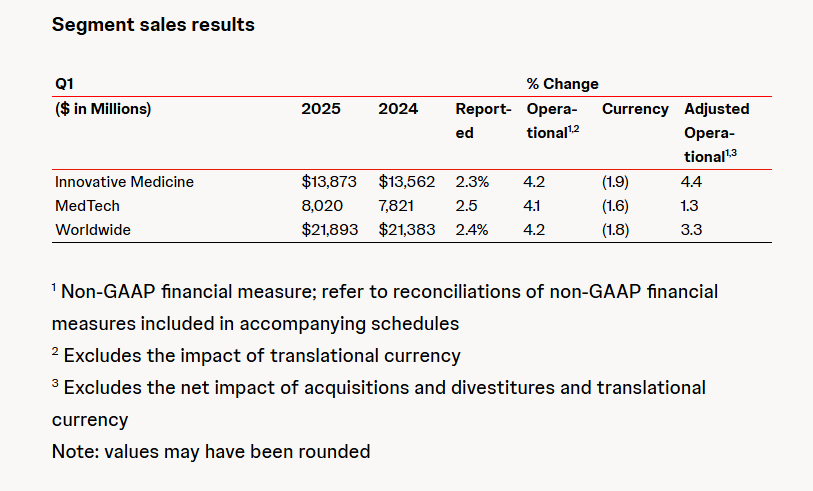Trump Reignites Trade Storm! Analysis of 25% Tariffs on the Global Auto Industry
According to Refinitiv, U.S. President Trump launched a new round of trade war on Wednesday, announcing a 25% tariff on "all non-U.S.-assembled cars" starting April 3, completely overturning the global automotive trade landscape. This decision will severely impact major automobile-exporting countries, including allies, while the U.S. government is still finalizing the implementation details. Below are three core content analyses:
Full coverage of整车 tariffs
The new regulations will take effect at 3 AM on April 3rd, imposing an additional 25% punitive tariff on top of the existing 2.5% tariff. It is particularly noteworthy that even Canada, Mexico, and South Korea, which have signed free trade agreements with the United States, will not be exempted. Traditional automotive powerhouses such as Japan and Germany will also be directly affected.
Tariff suspension period for components
Although core components such as engines and transmissions also face a 25% tariff, the implementation will be delayed until May 3. This "step-by-step" approach reveals the Trump administration's intent to provide a buffer period for supply chain adjustments.
USMCA Exemption Trap
On the surface, vehicles that comply with the USMCA rules of origin can be exempted, but in reality, only the "U.S. content value" portion is exempt. For example, if a truck assembled in Mexico contains 45% U.S. components, the remaining 55% of the value is still subject to full tariffs — this "partial exemption" design essentially forces automakers to shift their production capacity.
Summary: Legal Logic and Strategic Intent
Trump invoked Section 232 of the Trade Expansion Act of 1962 to justify his actions on the grounds of "deteriorating national security threats." Although tariffs were temporarily postponed through negotiations in 2019, this direct confrontation not only negates the effectiveness of the USMCA but also exposes the extreme inclination of his "America First" policy. The global automotive industry is about to face a new round of supply chain upheaval, and the shockwaves from this trade nuclear explosion have only just begun to spread.
Analysts point out that Trump's imposition of a 25% tariff on cars could escalate global trade tensions, potentially rapidly increasing market risk sentiment. If the EU, Japan, and other countries respond with retaliatory measures, investors might flock to safe-haven assets such as gold, driving up gold prices in the short term.
Barclays economists stated in a report that, in terms of economic exposure to automobile tariffs, South Korea stands out among emerging Asian economies. They noted that the White House fact sheet indicates that the U.S. content of products covered by the USMCA will be exempt, with the 25% import tariff only applied to the value of non-U.S. content. They said, "The impact of automobile tariffs on the South Korean economy could be significantly more pronounced than the steel and aluminum tariffs imposed starting March 12." They added that while U.S. imports of steel and aluminum are indeed more prominent in terms of economic importance to Taiwan and Vietnam, the impact is likely to be moderate at most.
Philip Wee, a senior foreign exchange strategist at DBS Group Research, commented that Japan may refrain from retaliation in response to the US plan to impose tariffs on Japanese auto exports. The senior foreign exchange strategist stated, "The Japanese government is likely to continue diplomatic efforts to resolve trade tensions with the United States." Wee also mentioned that, in the meantime, if the Japanese government begins to closely coordinate with the Bank of Japan to jointly address the economic risks posed by auto tariffs, the market may reassess expectations for a rate hike in Japan in June or July, especially after the nationwide CPI inflation rate in Japan cooled in February compared to January.
【Copyright and Disclaimer】The above information is collected and organized by PlastMatch. The copyright belongs to the original author. This article is reprinted for the purpose of providing more information, and it does not imply that PlastMatch endorses the views expressed in the article or guarantees its accuracy. If there are any errors in the source attribution or if your legitimate rights have been infringed, please contact us, and we will promptly correct or remove the content. If other media, websites, or individuals use the aforementioned content, they must clearly indicate the original source and origin of the work and assume legal responsibility on their own.
Most Popular
-

Overseas Highlights: PPG Establishes New Aerospace Coatings Plant in the US, Yizumi Turkey Company Officially Opens! Pepsi Adjusts Plastic Packaging Goals
-

Abbott and Johnson & Johnson: Global Medical Device Giants' Robust Performance and Strategies Amid Tariff Pressures
-

BYD releases 2024 ESG report: Paid taxes of 51 billion yuan, higher than its net profit for the year.
-

Behind pop mart's surging performance: The Plastics Industry Embraces a Revolution of High-End and Green Transformation
-

The price difference between recycled and virgin PET has led brands to be cautious in their procurement, even settling for the minimum requirements.



